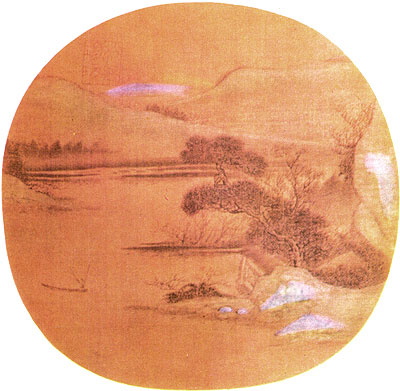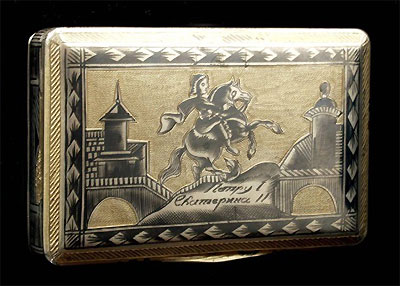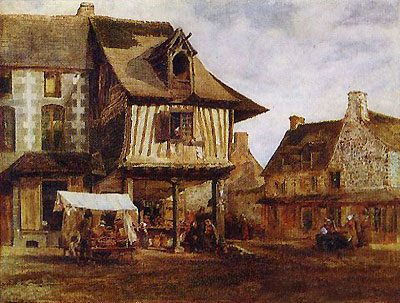tanya
Kanoplasta from Tanagra
 The Greek words “tanagra”, “tanagryanka” about a hundred years ago entered the Russian language. They are now used to denote everything fragile, feminine and plastic. The artist V. Serov invented on its basis his term “tanagretika”, meaning beneath it artless, elegant, opposite to the cold and rational in art.
The Greek words “tanagra”, “tanagryanka” about a hundred years ago entered the Russian language. They are now used to denote everything fragile, feminine and plastic. The artist V. Serov invented on its basis his term “tanagretika”, meaning beneath it artless, elegant, opposite to the cold and rational in art.
The ancient city of Tanagra in Boeotia, in the north-east of the Balkan Peninsula, has gained wide popularity in recent times thanks to an archaeological sensation – finds of Tanagrian statuettes. Continue reading
Chinese classical painting
 Painting of China, flourishing in the era of the Middle Ages – IV – XIX centuries of our era, it was not by chance that it occupied an honorable place in the world history of art. In this area of artistic culture, Chinese masters managed to leave a particularly bright mark. With extraordinary conviction, they embodied the beauty of nature, the idea of harmony and grandeur of the universe. Continue reading
Painting of China, flourishing in the era of the Middle Ages – IV – XIX centuries of our era, it was not by chance that it occupied an honorable place in the world history of art. In this area of artistic culture, Chinese masters managed to leave a particularly bright mark. With extraordinary conviction, they embodied the beauty of nature, the idea of harmony and grandeur of the universe. Continue reading
Egyptian ostracon drawings
 In the art of ancient Egypt, there are monuments that make up a special group. These are works of graphics – drawings on boards. The Greek word “ostracon” literally means a shard, a fragment of ceramics. However, in relation to the art of ancient Egypt, it has a more capacious meaning. This word is commonly understood as drawings made not only on fragments of ceramics, but mostly on chipped stone (usually limestone), less often wood, that is, on material that was always at hand with masters engaged in decorating the tombs of the Theban necropolis — painting walls , manufacturing of statues and items of funeral inventory. Continue reading
In the art of ancient Egypt, there are monuments that make up a special group. These are works of graphics – drawings on boards. The Greek word “ostracon” literally means a shard, a fragment of ceramics. However, in relation to the art of ancient Egypt, it has a more capacious meaning. This word is commonly understood as drawings made not only on fragments of ceramics, but mostly on chipped stone (usually limestone), less often wood, that is, on material that was always at hand with masters engaged in decorating the tombs of the Theban necropolis — painting walls , manufacturing of statues and items of funeral inventory. Continue reading



